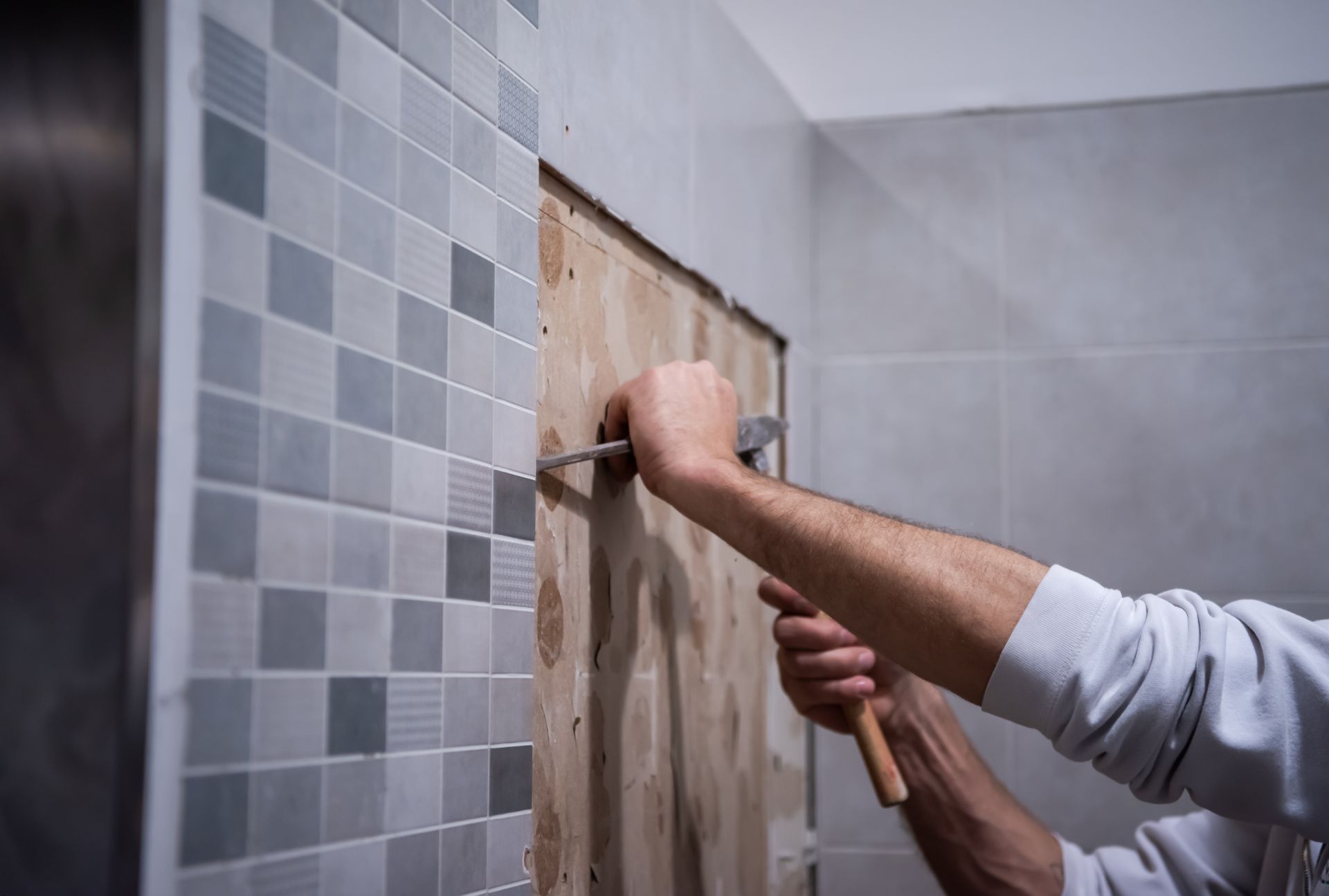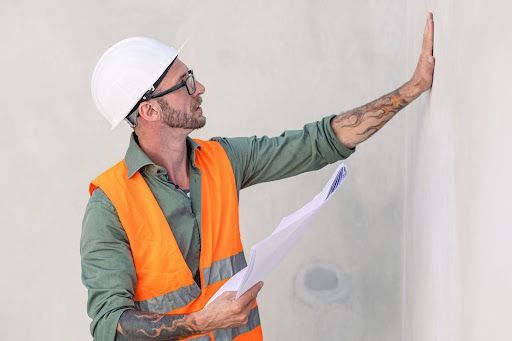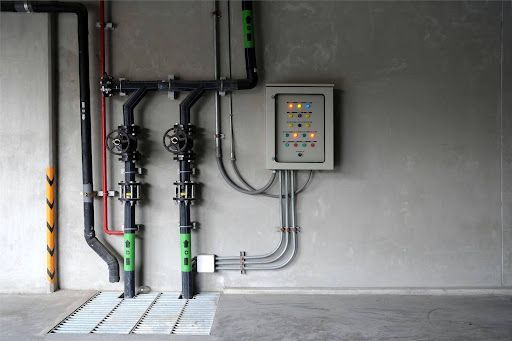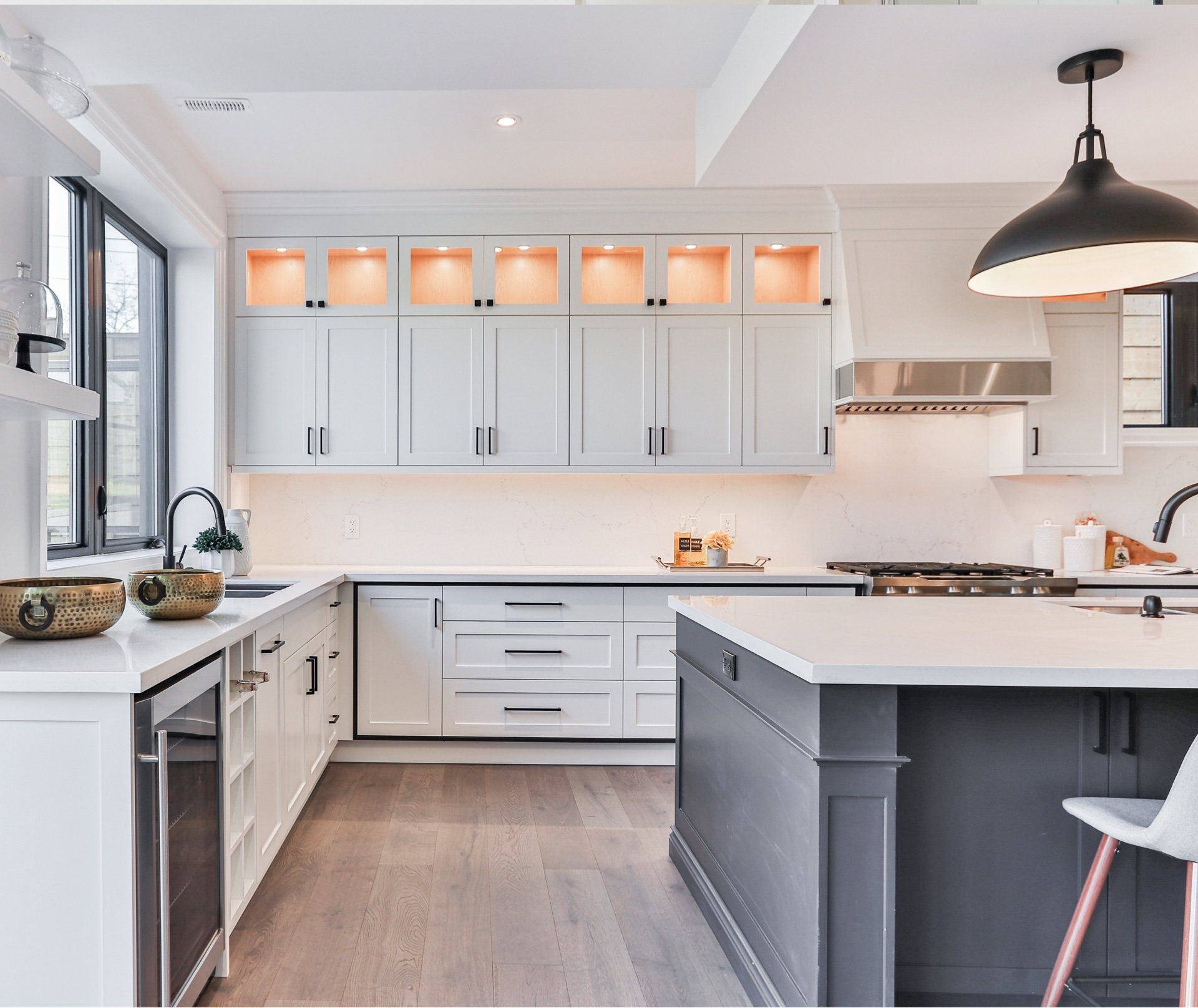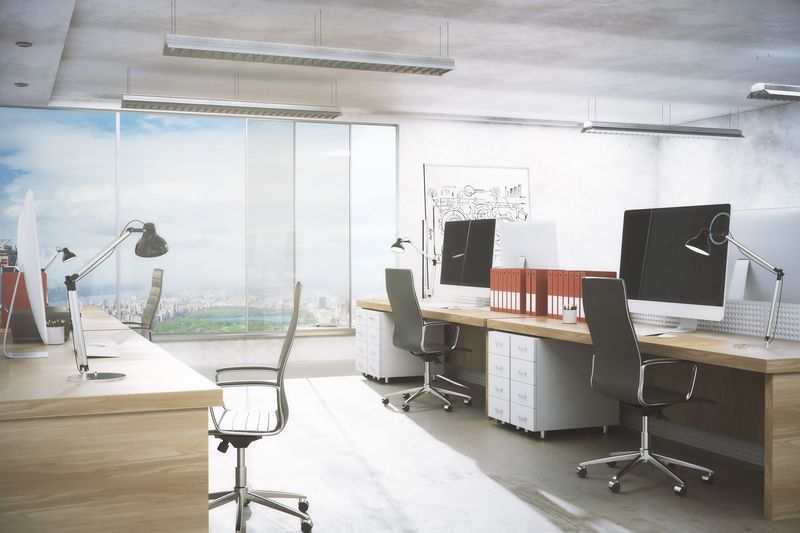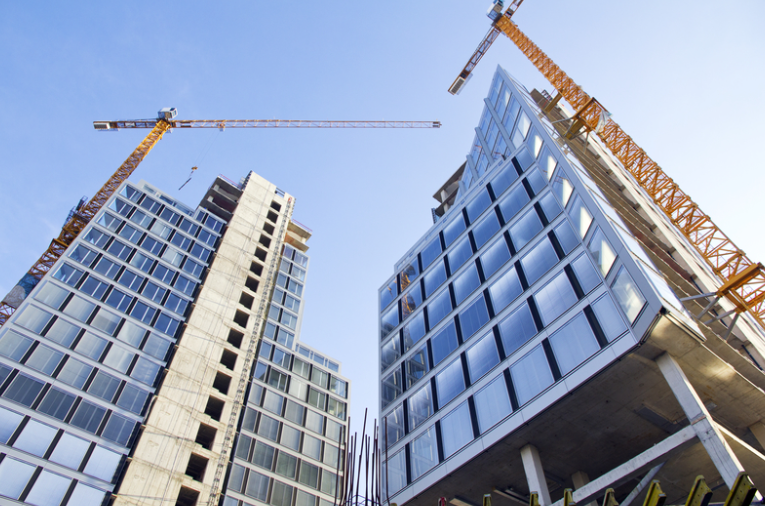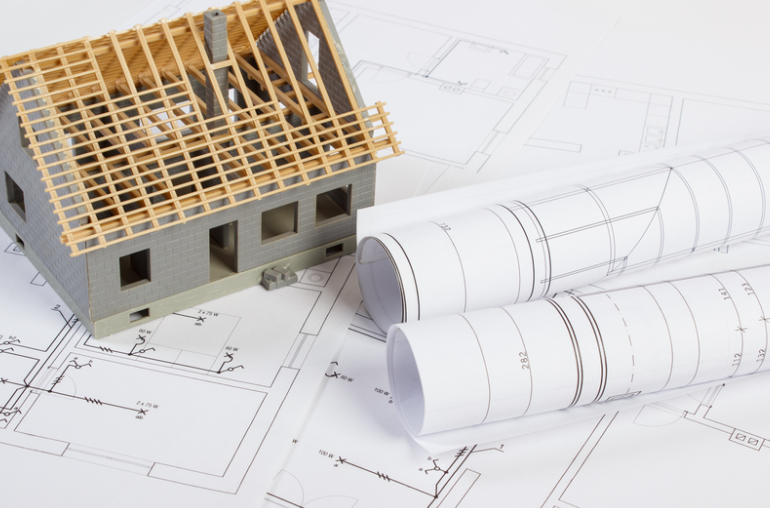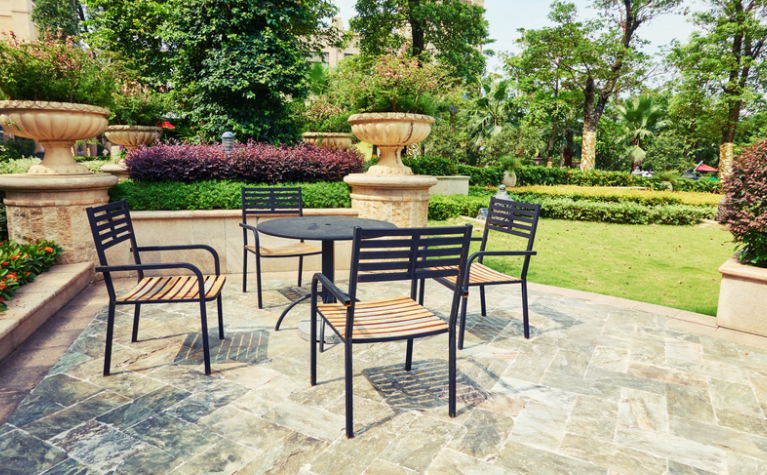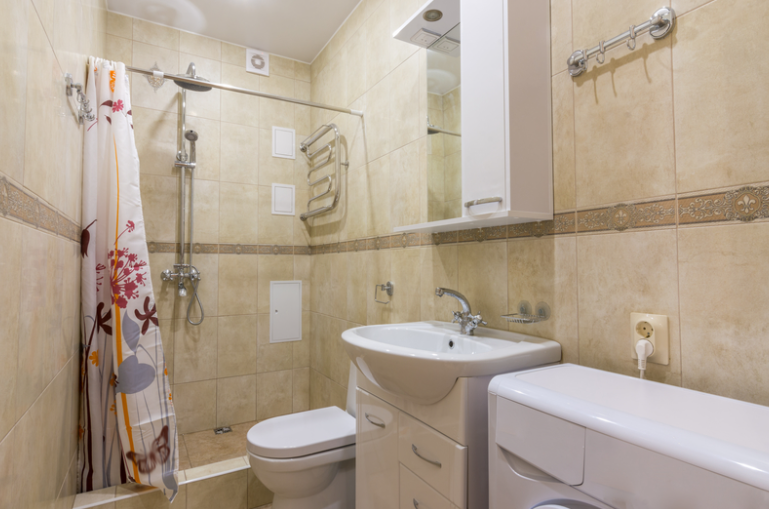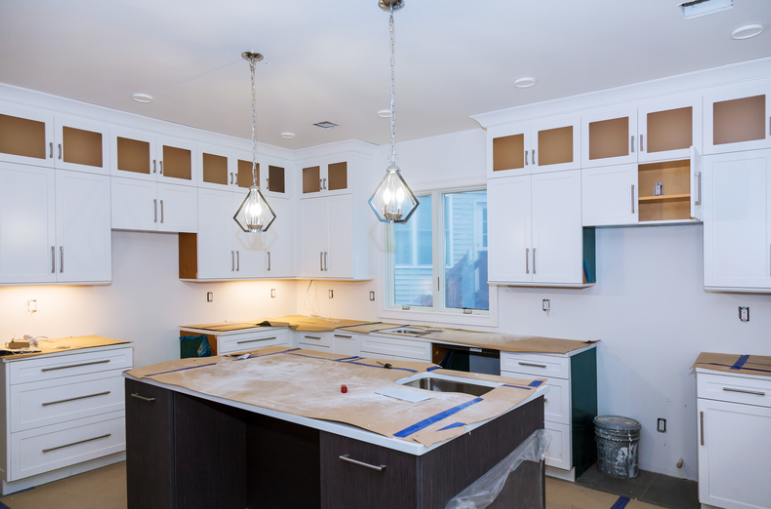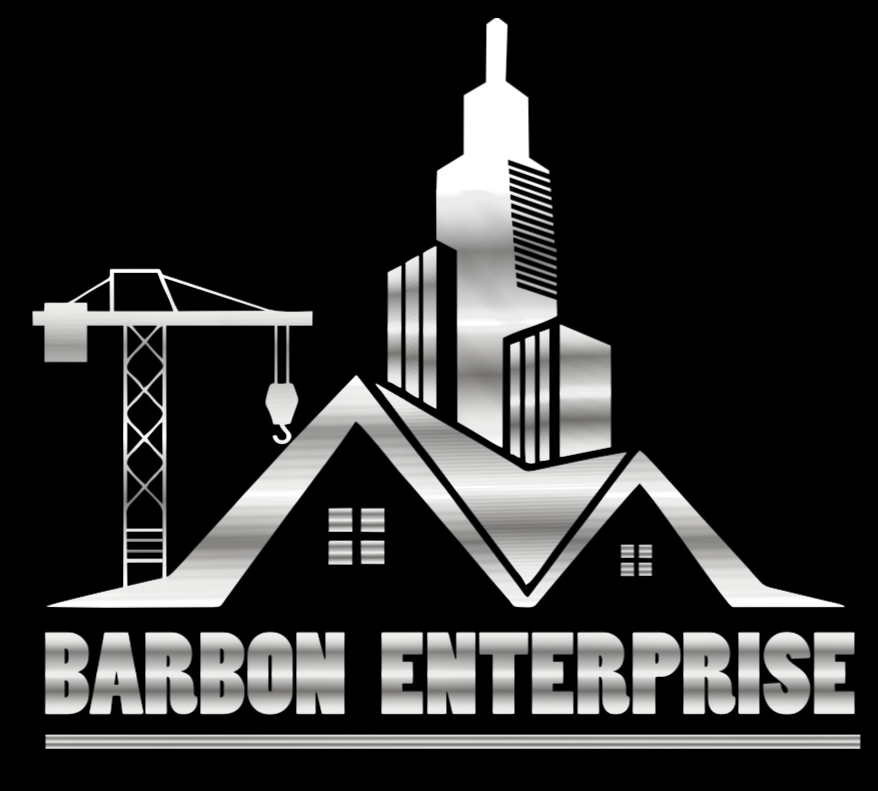Choosing the Right Flooring: Durability, Cost, and Style Explained
When planning a home renovation or constructing a new building, one of the fundamental decisions involves selecting the perfect flooring. Given that floors play a pivotal role in the aesthetic and functional aspects of any space, the material chosen needs to withstand daily wear while complementing the interior design. Hardwood, laminate, tile, and carpet are among the top choices each offering unique benefits and drawbacks regarding durability, maintenance, cost, and style.
Hardwood Flooring: Timeless Appeal with Resilient Features
Hardwood floors remain a favorite for both traditional and contemporary spaces due to their natural beauty and longevity. Oak, maple, and cherry are popular wood species, each providing a unique grain and color. Hardwood's major advantage is its ability to be refinished multiple times over its lifespan. This process can erase years of wear and restore the floor's original charm and beauty.
However, hardwood flooring is susceptible to scratches and water damage. Areas with high foot traffic or excessive moisture are not ideal for hardwood unless precautions like mats and rugs are used. The cost can also be a barrier for some, as hardwood is among the more expensive flooring options. Installation adds to the expense but investing in professional fitting can enhance the floor’s durability and appearance.
Laminate Flooring: Durability and Design at a Lower Cost
As a more affordable alternative to hardwood, laminate flooring offers impressive durability and an array of design options. It consists of multiple layers—a sturdy base, a photographic applique layer, and a clear protective finish. This structure makes laminate highly resistant to scratches, stains, and fading.
Laminate is ideal for busy households or commercial environments due to its easy maintenance. Sweeping and occasional mopping keep the flooring in excellent condition. Although it mimics the look of wood or stone, laminate may not feel as luxurious underfoot and can produce a hollow sound when walked upon, which can be mitigated by quality underlayment.
Tile Flooring: Versatile and Resilient
Tile flooring excels in durability and water resistance, making it suitable for kitchens, bathrooms, and other high-moisture areas. Ceramic and porcelain are the most common materials, both offering a plethora of design possibilities. Tiles can mimic natural stone, wood, and even elaborate patterns.
The primary advantage of tile is its resilience in humid environments and ease of cleaning. Spills can be wiped up quickly without damaging the surface. The installation of tile can be labor-intensive and therefore costly, and the hardness of the material might not be comfortable in living areas where people often stand for long periods.
Carpet: Comfort and Style with Softness
Carpet is chosen for its warmth and comfort underfoot, providing a cozy surface that other materials cannot match. It is perfect for bedrooms and living rooms, where a softer texture contributes to a relaxing environment. Available in various fibers, colors, and patterns, carpet allows for significant personalization of a space.
The downside to carpet includes its maintenance and susceptibility to stains and allergens. Regular vacuuming and professional cleaning are necessary to maintain its appearance and hygiene. Advances in synthetic fibers and stain-resistant treatments have improved carpet's durability, yet it generally does not last as long as harder materials.
Other Flooring Options: Innovations and Alternatives
Recent years have seen the rise of alternative flooring materials that offer unique benefits. Cork, for instance, is valued for its sustainability and comfort. It is naturally resistant to mold, mildew, and water, making it suitable for various environments. However, it can be damaged by sharp objects or heavy furniture.
Rubber flooring is another option, particularly in commercial settings or home gyms. It is durable, shock-absorbent, and easy to maintain. Its aesthetic might not suit every home but can be an excellent choice for specific needs.
Vinyl is noteworthy for its cost-effectiveness and versatility. Modern luxury vinyl tile (LVT) designs closely replicate more expensive materials like hardwood and stone but at a fraction of the price. Vinyl is also highly resilient and waterproof, suitable for rooms with high moisture levels.
In navigating the diverse flooring options, key considerations such as budget, expected foot traffic, maintenance, and the desired aesthetic of the space are paramount. Each material offers distinct advantages and limitations, so weighing these factors carefully will guide the decision-making process effectively.
Choosing the right flooring involves balancing multiple factors to achieve the desired functionality and design aesthetic. While hardwood and tile offer longevity and classic appeal, materials like laminate and carpet provide cost-effective alternatives with considerable benefits. Meanwhile, innovative materials like LVT and cork bring unique properties into the mix, broadening the scope of options available.
Selecting the appropriate flooring material is a decision that impacts both the immediate comfort and long-term usability of a space. Understanding the specific properties of each flooring type can lead to a choice that stands the test of time while enhancing the living or working environment. Consultation with design and materials experts can provide further insights, ensuring that the selected flooring meets both practical needs and stylistic preferences.
Are you ready to elevate your space with the ideal flooring solution? Contact us today to discover a wide range of flooring options that blend durability with style. Let us help you make an informed choice that fits both your aesthetic and functional needs, ensuring your remodel is a stunning success.
